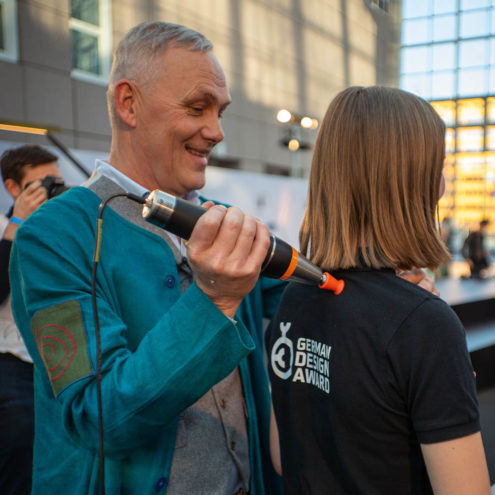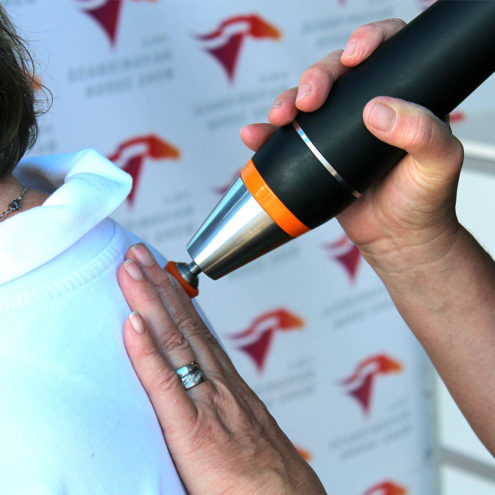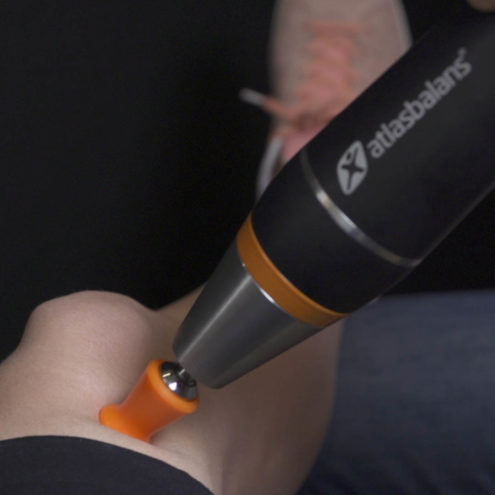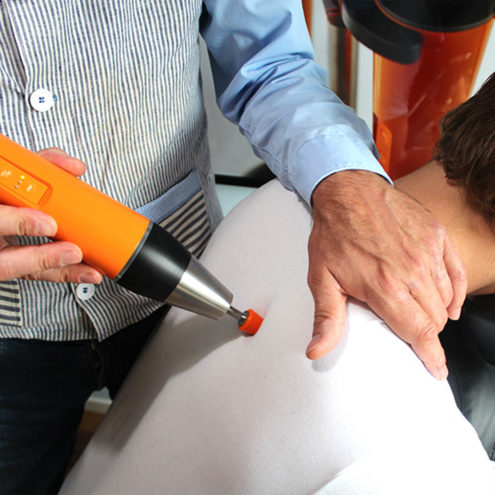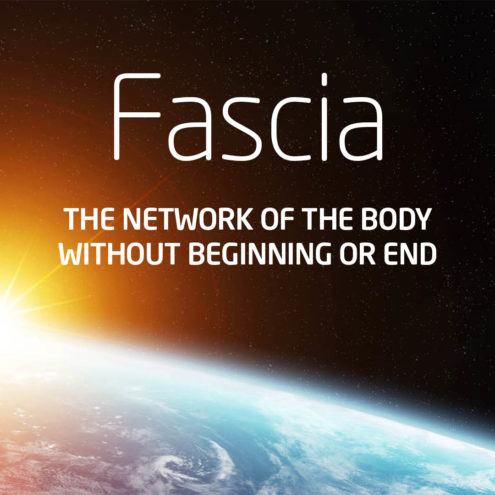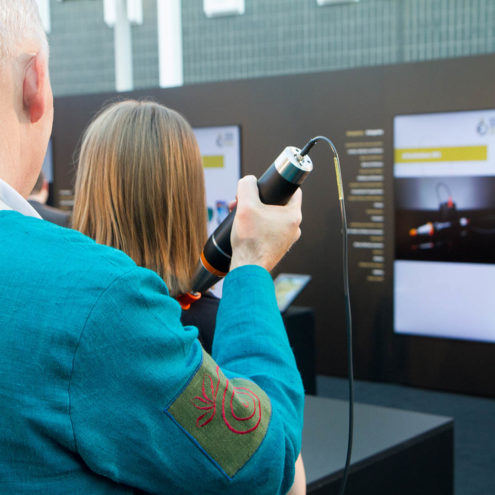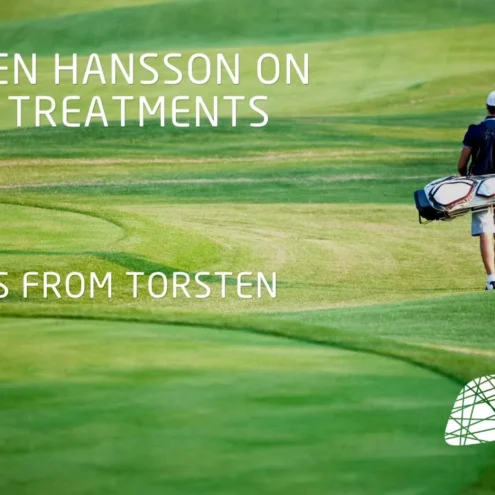Torticollis: Symptoms and Treatment

Torticollis, also known as ‘crooked neck’, is a condition where the neck twists and the head is tilted to one side, causing pain and limited mobility. This condition can be both acute and chronic, and there are several treatment methods to relieve symptoms and improve neck function. In this article, we will explore what torticollis is, its symptoms, causes and effective treatment strategies.
What is torticollis?
Description of torticollis and its characteristics, including distorted neck and head
Torticollis is a condition characterized by an abnormal position of the head and neck. The person with torticollis often has the head tilted to one side, while the chin points to the opposite side. This is due to contraction or spasm of the muscles on one side of the neck, which pulls the head out of its normal position. There are different types of torticollis, including:
Congenital Muscular Torticollis: A form that occurs in newborns and is caused by injury or contraction of the sternocleidomastoid muscle during childbirth.
Acquired torticollis: Can develop at any age and is often caused by muscle spasm, injury or other medical conditions.
Common causes of torticollis, such as muscle spasm or nerve damage
There are several causes of torticollis, including:
Muscle cramps: Sudden or persistent muscle cramps in the neck muscles, often resulting from poor posture, sudden movements or prolonged tension.
Nerve damage: Damage to the nerves in the neck can cause torticollis by affecting muscle control and movement.
Infections: Infections in the upper respiratory tract or in the ear can cause inflammation and lead to torticollis.
Trauma: Injuries from accidents, falls or sports can result in torticollis.
Medical conditions: Conditions such as Parkinson’s disease, cerebral palsy and other neurological diseases can lead to torticollis.
Drug reactions: Some medications can cause side effects leading to torticollis, especially antipsychotic drugs.
Symptoms of torticollis
Pain and stiffness in the neck
The most obvious symptom of torticollis is pain and stiffness in the neck. The sufferer may experience constant or intermittent pain that worsens with movement. The stiffness can make it difficult to perform daily activities and affect quality of life.
Difficulty rotating or bending the neck
People with torticollis often have difficulty rotating or bending their neck normally. Range of motion can be severely limited, making it difficult to look sideways or up and down. This can lead to compensatory movements of the body and additional pain in the shoulders and back.
Crookedness or unevenness in the position of the head
A clear characteristic of torticollis is that the head is tilted to one side and the chin points to the opposite side. This oblique position can be permanent or temporary depending on the cause and treatment of the condition. In newborns with congenital muscular torticollis, the head may be tilted from birth and can lead to asymmetries in facial and head shape if not treated.
Treatment of torticollis
Pain relief with medication or physiotherapy
Treatment for torticollis often begins with pain relief. This may include:
Medication: Over-the-counter painkillers such as ibuprofen or paracetamol can help reduce pain and inflammation. In some cases, muscle relaxants or other drugs may be prescribed by a doctor.
PhysiotherapyA physiotherapist can design a treatment plan that includes manual therapies to reduce muscle tension and pain. Techniques such as massage, heat and cold treatments and electrical stimulation can be useful.
Stretching and strengthening exercises to improve neck mobility and muscle strength
Physiotherapy is an important component in the treatment of torticollis and often includes stretching and strengthening exercises:
Stretching exercises: To improve mobility and reduce neck stiffness. A physical therapist can demonstrate specific exercises to stretch the affected muscles.
Strengthening exercises: To build muscle strength and stability in the neck and upper back. This helps to support the neck and improve posture.
Postural exercises: To improve posture and reduce strain on the neck. Proper posture is important to prevent recurrence of torticollis.
Use of neck collar or other supporting aids if necessary
In some cases, the use of assistive devices may be necessary to manage torticollis:
Neck collar: A soft or hard neck collar can be used to stabilize the neck and restrict movement, which can reduce pain and help restore the correct position.
Orthoses : Orthoses are: Custom-made orthoses can be used to support the neck and improve posture.
Other aids: If necessary, other aids, such as pillows to support the neck during sleep or ergonomic workstations, may be recommended.
How can we help you with your torticollis?
At the FasciaClinics, we take a holistic approach to the treatment of torticollis. Our team of therapists use fascia therapy to relieve tension and pain. The fascia is the network of connective tissue that binds and permeates everything in our body. All cells, tissues (even bone tissue), muscles and organs contain fascia.
Fascia treatment focuses on releasing tension and adhesions in the fascia and increasing its flow. By reducing pressure and increasing circulation, cell membranes can more easily absorb nutrients and release waste products. In this way, fascia treatment can promote the body’s own healing. The treatment is pleasantly relaxing and painless. It gets the whole body flowing and helps you balance your posture so that the body is evenly loaded. Tension in the neck and shoulders is reduced so that the pain is relieved.
During a visit, we analyze the whole body to see where compensations and imbalances are and how they have spread. If there is an imbalance in the body, there is a risk that they will spread and affect other structures. That’s why it’s very important to seek help quickly as soon as you experience any symptoms.
When treating torticollis, we adjust the pelvis and spine. We also work on softening the muscle fascia around the neck, chest and shoulders.
By addressing the impact of fascia on muscles and pain, we can help reduce the frequency and intensity of cervicogenic headaches. We work with you to create an individualized treatment plan that takes into account your specific needs and goals.
For more information about our services and how we can help you with torticollis, visit our FasciaClinics website. Here you will also find resources and articles on musculoskeletal conditions and other related topics that may be helpful to you.
In summary, torticollis is a condition that can cause significant pain and limitation in the neck and head. By understanding the causes, symptoms and treatment methods, you can effectively manage and relieve your symptoms. At Fascia Clinics, we are here to support you every step of the way towards recovery and an active life without pain.
 Search
Search






